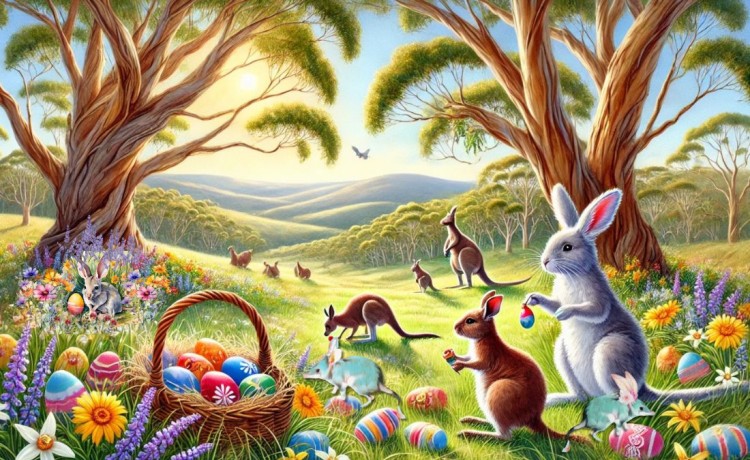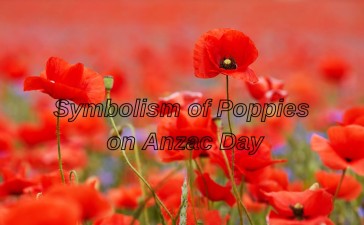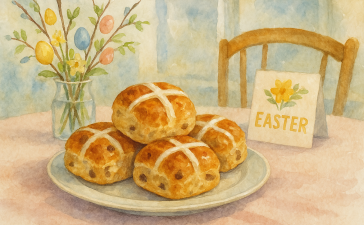Easter in Australia is a unique blend of traditional symbols and native adaptations, reflecting the country’s rich biodiversity and cultural sensibilities. While the Easter Bunny has long been a global emblem of the holiday, Australia also celebrates the Easter Bilby. This article explores the origins of both the Easter Bunny and the Easter Bilby, their associations with the holiday, and the significance of adopting the bilby as an Easter symbol in Australia.
The Easter Bunny: Origins and Association with Easter
The Easter Bunny tradition traces back to 17th-century Germany, where the folklore of the “Easter Hare” described a creature that laid colorful eggs for well-behaved children to find. German immigrants brought this custom to America in the 18th century, where it evolved into the modern Easter Bunny tradition.
The association of rabbits with Easter is rooted in ancient symbolism. Rabbits, known for their prolific breeding, have long been symbols of fertility and new life. These themes align with the celebration of spring and, in Christian contexts, the resurrection of Jesus Christ, symbolizing rebirth and renewal.
The Easter Bilby: An Australian Alternative
In Australia, the introduction of rabbits in the 19th century led to significant ecological challenges. Rabbits became an invasive species, causing extensive environmental damage and threatening native wildlife. In response, Australians sought an alternative to the Easter Bunny that would promote native species and raise awareness about conservation efforts.
Enter the Easter Bilby. The bilby is a nocturnal marsupial native to Australia, characterized by its long ears and pointed nose. Unlike rabbits, bilbies are indigenous and play a vital role in the ecosystem. However, due to habitat loss and predation, bilby populations have declined, classifying them as a vulnerable species.
The movement to replace the Easter Bunny with the Easter Bilby gained momentum in the late 20th century. In 1968, a young girl named Rose-Marie Dusting wrote a story titled “Billy the Aussie Easter Bilby,” aiming to raise awareness about the plight of bilbies. This story was later published in 1997, contributing to the cultural shift.
Furthering this cause, in 1991, Nicholas Newland of the “Foundation for Rabbit-Free Australia” advocated for the Easter Bilby as a symbol to promote the protection of native wildlife and address the environmental harm caused by rabbits.
Significance of the Easter Bilby
Adopting the bilby as an Easter symbol serves multiple purposes:
- Conservation Awareness: Highlighting the bilby’s endangered status brings attention to broader environmental issues and the importance of protecting native species.
- Cultural Identity: Embracing a native animal as part of Easter traditions fosters a sense of national pride and reflects Australia’s unique fauna.
- Educational Opportunities: The Easter Bilby provides a platform to educate children and the public about Australia’s wildlife and the impacts of invasive species.
Modern Celebrations
Today, the Easter Bilby features prominently in Australian Easter celebrations. Confectionery companies produce chocolate bilbies, with proceeds often supporting conservation projects. This practice not only offers a native alternative to chocolate bunnies but also contributes financially to efforts aimed at preserving bilby populations.
While the Easter Bunny remains a part of Australian Easter traditions, the inclusion of the Easter Bilby exemplifies how cultural practices can evolve to reflect environmental consciousness and national identity. By celebrating the bilby, Australians honour their unique wildlife and underscore the importance of conservation during a time synonymous with renewal and hope.
- Find out more
- Launch Pad + Accelerator Expressions of Interest
- Selling and Licensing Your Art & Designs Around the World with ArtSHINE.
We’re here to help you to take action, just like we’ve helped thousands of other entrepreneurs, business owners, and creative professionals all around the globe.
Now is the time to let your passion SHINE.
Now is the time to Make Tomorrow Today!
To your success, Vinh Van Lam and Stuart Horrex Cofounders ArtSHINE.com





